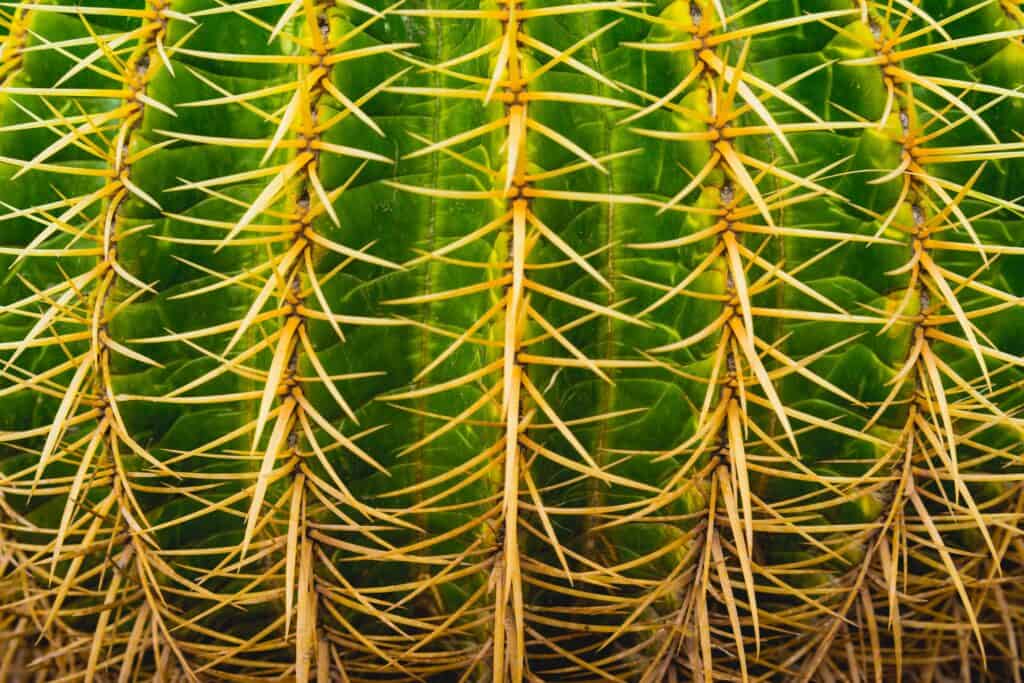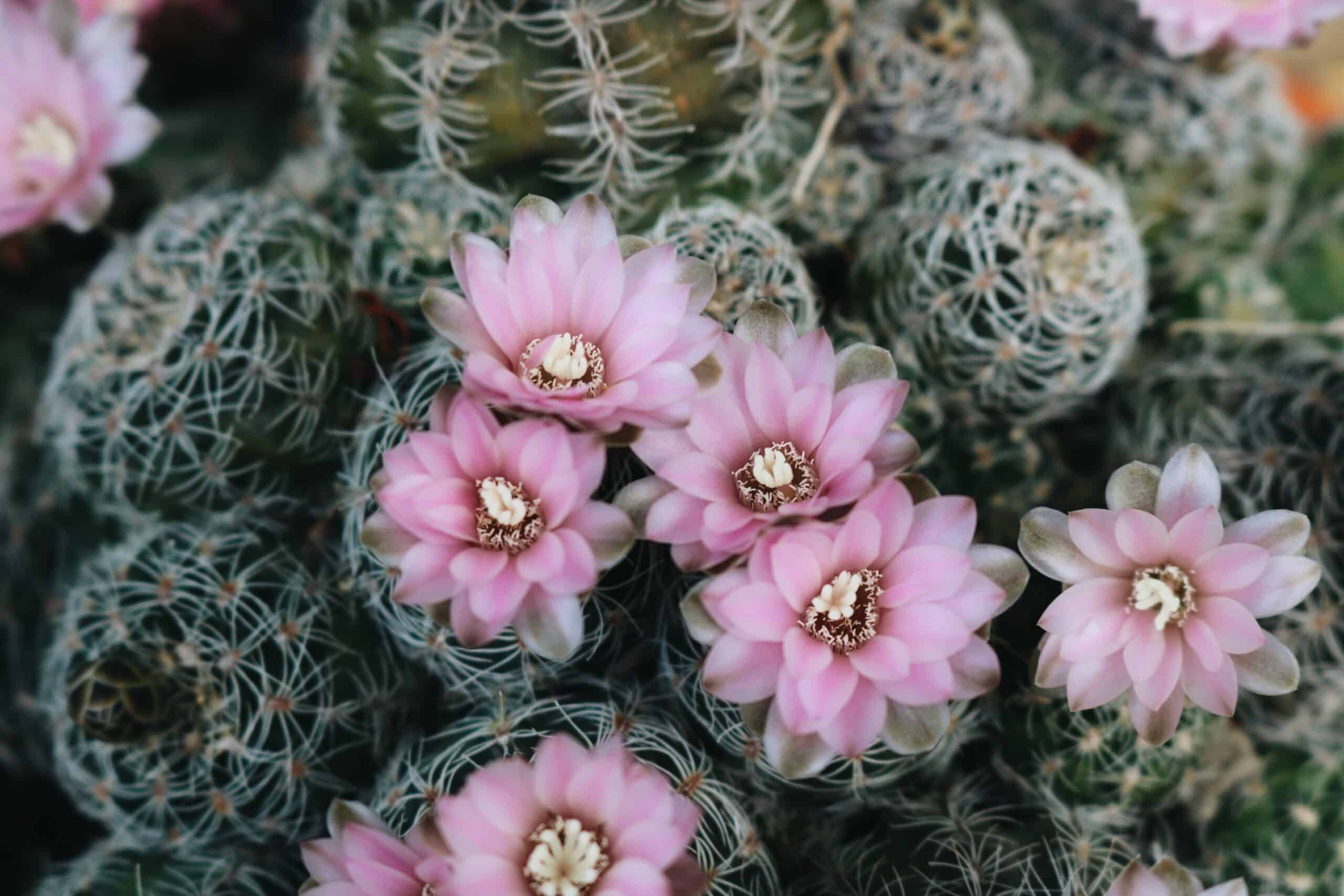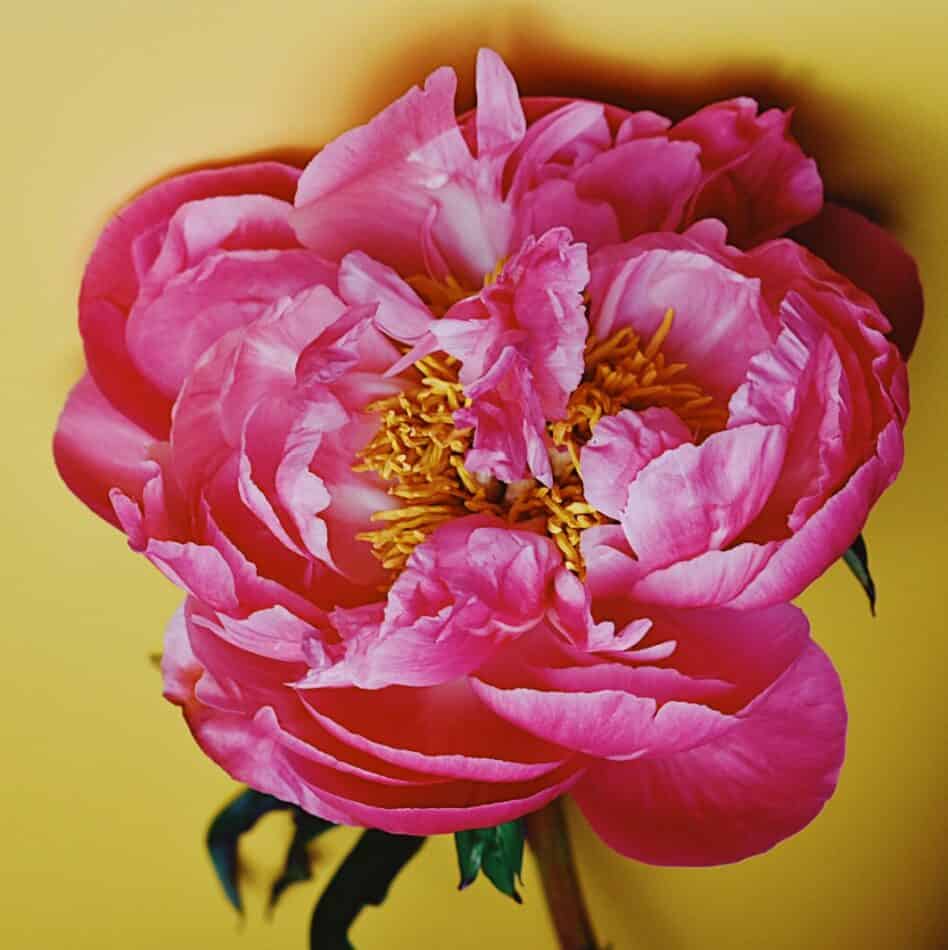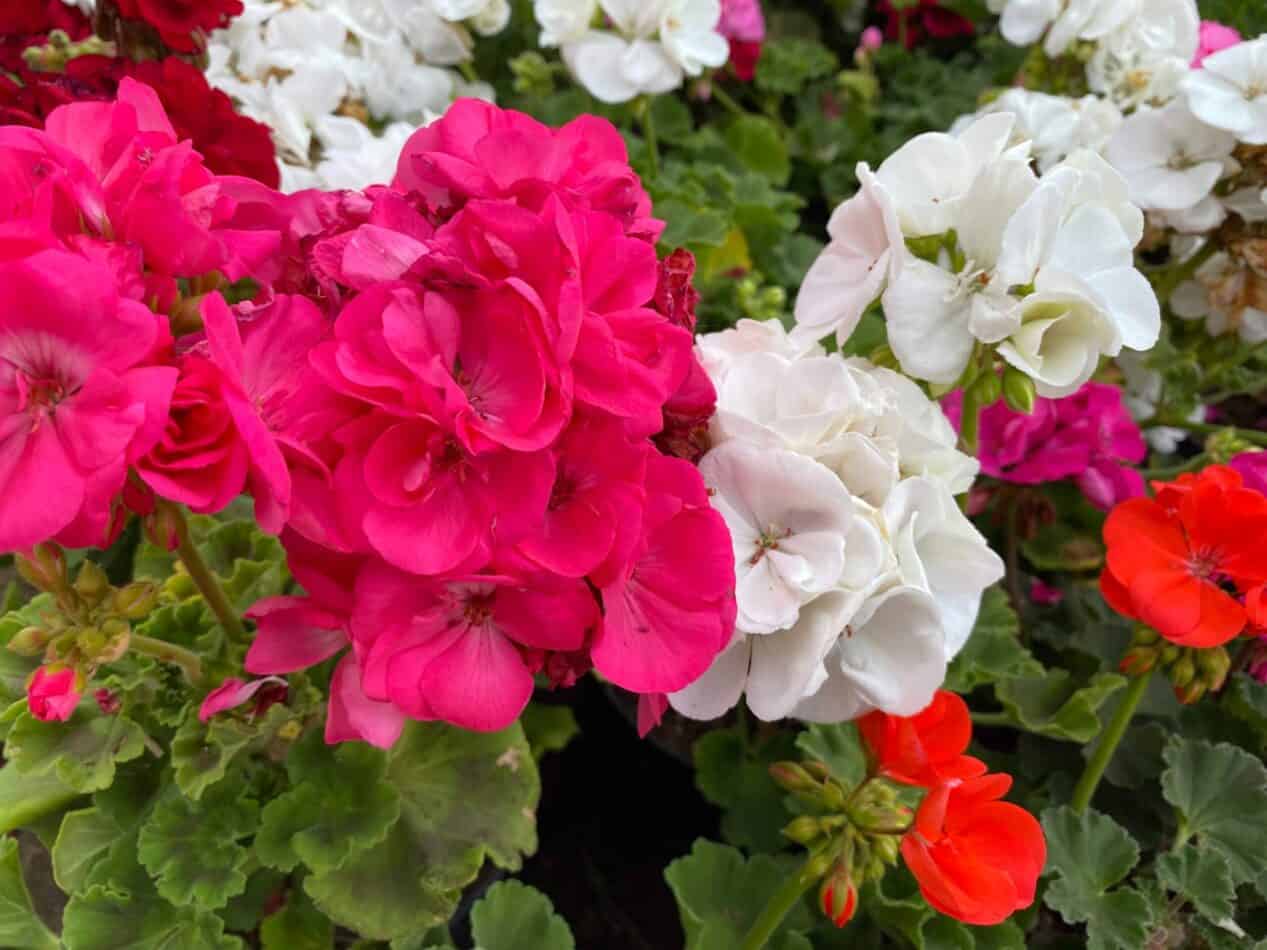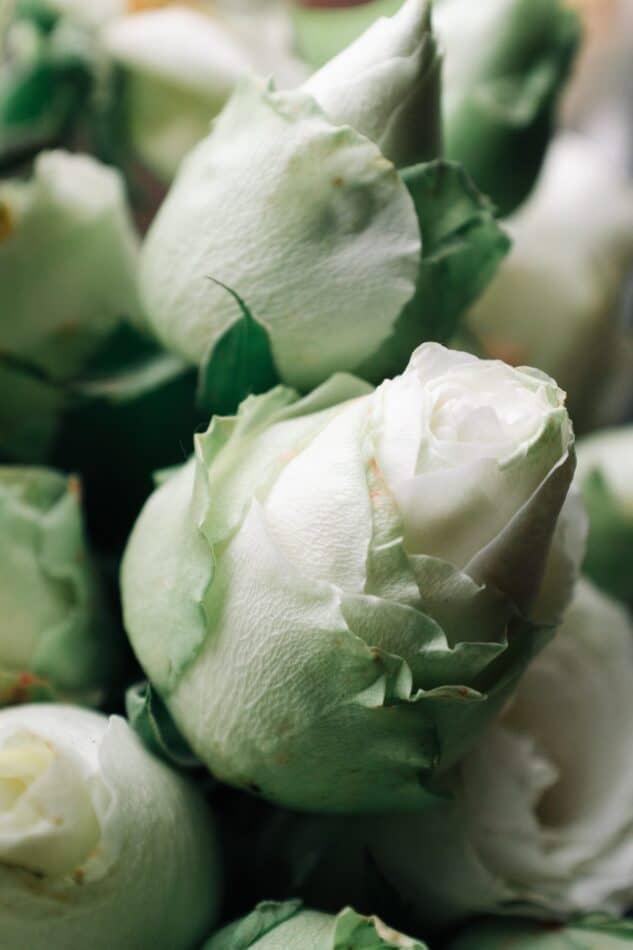A desert garden is a type of garden that is designed and planted with plants that are well-suited to dry and arid conditions, such as those found in desert regions. These gardens often feature cacti, succulents, and other plants that are adapted to conserve water and thrive in hot, dry climates. Desert gardens are known for their low maintenance and water efficiency and unique aesthetic appeal. They can be designed in various styles, from natural and rustic to modern and minimalist.
Desert gardens are a perfect choice for homeowners and garden enthusiasts who want to create a beautiful yet sustainable outdoor space that requires minimal maintenance. With the rising popularity of water-wise gardening, desert gardens are gaining more attention for their water efficiency and sustainability. These gardens are designed to thrive in arid environments, making them an ideal choice for areas with limited rainfall.
How Do You Grow a Desert Garden?
Growing a desert garden requires careful planning and consideration of the unique needs of desert plants. Here are some general steps to follow:
- Choose a location: Look for an area in your yard that receives full sun and has good drainage. A south-facing slope is often a good choice.
- Prepare the soil: Desert plants need well-draining soil that is low in organic matter. If your soil is clay-based, you may need to amend it with sand and gravel to improve drainage.
- Choose plants: Select plants that are well-suited to your local climate and soil conditions. Consider using a mix of cacti, succulents, and other desert plants like agave, yucca, and desert grasses. Choose plants of varying heights, shapes, and colors to create interest.
- Plan the layout: Consider the size and growth habits of the plants you have chosen and plan the layout accordingly. Leave enough space between plants to allow for growth and to prevent overcrowding.
- Add hardscaping elements: Rocks, gravel, and other hardscaping elements can be used to create texture and contrast in your desert garden. Consider using these elements to create pathways or rock gardens.
- Watering and maintenance: Water your desert garden sparingly and only as needed. Most desert plants do not need frequent watering. Maintenance will typically involve occasional pruning and removing dead or damaged plants.
By following these steps, you can create a beautiful and sustainable desert garden that will thrive for years to come.
How to Create a Desert Garden with Cacti
One of the most appealing aspects of desert gardens is their unique aesthetic appeal. Using a combination of drought-tolerant plants, rocks, and other hardscaping features, these gardens can transform into a beautiful and tranquil oasis. Desert gardens offer endless design possibilities, from simple rock gardens to elaborate landscapes.
Cacti are an essential component of a desert garden, and they are a great choice due to their resilience, variety, and ability to thrive in harsh conditions. Cacti come in various sizes and shapes, ranging from the towering saguaro to the tiny ball cactus. With so many varieties to choose from, homeowners can create various landscape designs using these hardy plants. The prickly pear, barrel, and cholla cacti are some of the most popular cacti that are commonly used in desert gardens.
Apart from cacti, desert gardens can be enhanced by including a mix of succulents, desert grasses, and flowering plants. Agave, yucca, and sedum are some of the popular succulents used in these gardens. These plants are great for adding texture, color, and height to the landscape. The desert marigold, penstemon, and verbena are some of the popular flowering plants that add a splash of color to a desert garden.
In addition to plants, rocks, and other hardscaping features can be used to create visual interest and add depth to the garden. Large boulders, gravel, and flagstones can be used to create pathways, seating areas, and rock gardens. Potted cacti and succulents can also be used to create beautiful displays on patios or decks.
Desert gardens are an ideal option for those looking to create a beautiful and sustainable outdoor space. With the right combination of plants, rocks, and other features, a desert garden can be transformed into a stunning and tranquil oasis. By incorporating cacti, succulents, and other drought-tolerant plants, homeowners can create a beautiful landscape that requires minimal maintenance and conserves water.
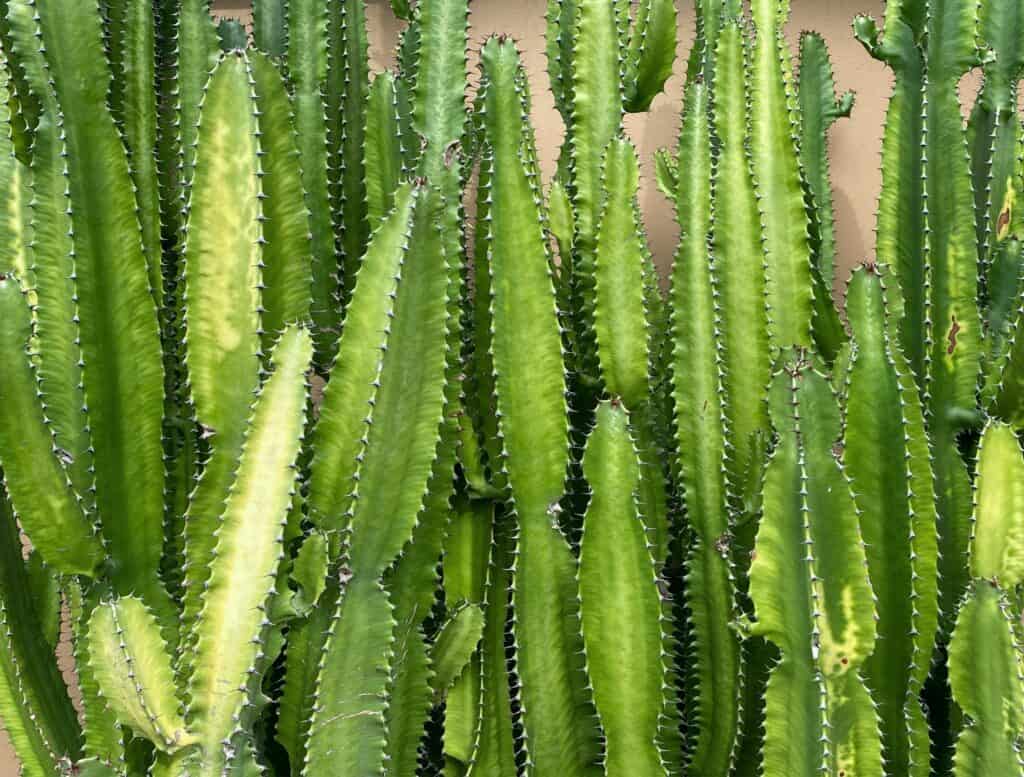
Cacti Garden Design Ideas
Here are some more design ideas to create a stunning desert garden with cacti:
- Create a Cactus Garden: Create a dedicated area in your garden for showcasing your cacti collection. Arrange cacti in clusters of different sizes and colors for a striking display.
- Use Container Gardens: Using container gardens is a great way to add interest to small outdoor spaces. Grouping several containers of different sizes together can create a dramatic effect. You can also experiment with different materials such as terracotta, metal, and ceramic to add variety to the overall look.
- Add Lighting: Illuminate your desert garden with lighting to create a beautiful atmosphere during the evening hours. Low-voltage lighting can be used to highlight specific features, such as cacti or rock formations.
- Incorporate Water Features: Water features like fountains, ponds, or small streams can add a soothing ambiance to your garden. You can create a small oasis with a water feature and surround it with cacti, succulents, and other desert plants.
- Use Pathways: Create a natural-looking pathway through your garden with flagstones, gravel, or wood chips. This will make it easy to navigate the garden while also adding visual interest.
- Use Color: While desert gardens are typically known for their neutral tones, adding a pop of color can create a striking contrast. Use colorful pots, outdoor furniture, and even flowering plants to add a touch of vibrancy to your garden.
- Mix and Match Textures: Desert gardens are all about textures. Combining different textures like smooth stones, prickly cacti, and soft succulents can create a stunning and visually interesting landscape.
A desert garden with cacti can be a unique and beautiful addition to any outdoor space. With careful planning and creative design ideas, homeowners can create a landscape that is both low-maintenance and visually striking. From a dedicated cactus garden to adding lighting, water features, and pathways, there are many ways to transform your desert garden into an oasis of tranquility.

Plant Combinations for a Desert Garden with Cacti
When choosing plant combinations for a desert garden with cacti, it’s important to consider the different colors, textures, and shapes of each plant. Here are some plant combinations that work well together in a desert garden:
- Barrel cactus and agave
Barrel cactus and agave are two popular desert plants that can be paired together in a garden to create a striking visual contrast. The barrel cactus (Ferocactus spp.) is known for its spiky, cylindrical shape and is a common sight in the deserts of the southwestern United States and Mexico. Agave (Agave spp.) is a succulent plant with broad, flat leaves that are also found in arid regions. When these two plants are combined, their distinct shapes and textures create a unique and visually interesting landscape.
The cylindrical shape of the barrel cactus is in stark contrast to the broad, flat leaves of the agave. This contrast in shape adds depth and dimension to the garden. The spiky needles of the barrel cactus provide an interesting and unique texture that is balanced out by the smooth, fleshy leaves of the agave. The bright green or blue-green leaves of the agave provide a beautiful backdrop to the barrel cactus, which usually has a brown or reddish-brown body color.
Pairing these two plants is not only visually appealing, but it also makes good horticultural sense. Barrel cacti are adapted to the hot, dry conditions of the desert and require minimal watering. They also prefer well-draining soil, which is also ideal for growing agave. In fact, agave and barrel cacti can often be found growing together in the wild.
When designing a garden with barrel cactus and agave, it is important to consider the size and growth habits of each plant. Barrel cacti can grow up to several feet tall and wide, so it is important to leave enough space for them to grow. Agave plants come in many sizes, ranging from small rosettes to large specimens that can reach over 10 feet tall. When selecting agave species, choose those that are appropriate for the size of your garden.
The combination of barrel cactus and agave is a perfect example of how contrasting shapes and textures can create a stunning visual display. By pairing these two plants together in a desert garden, homeowners can create a low-maintenance, water-efficient, and visually interesting landscape that can be enjoyed for years to come.
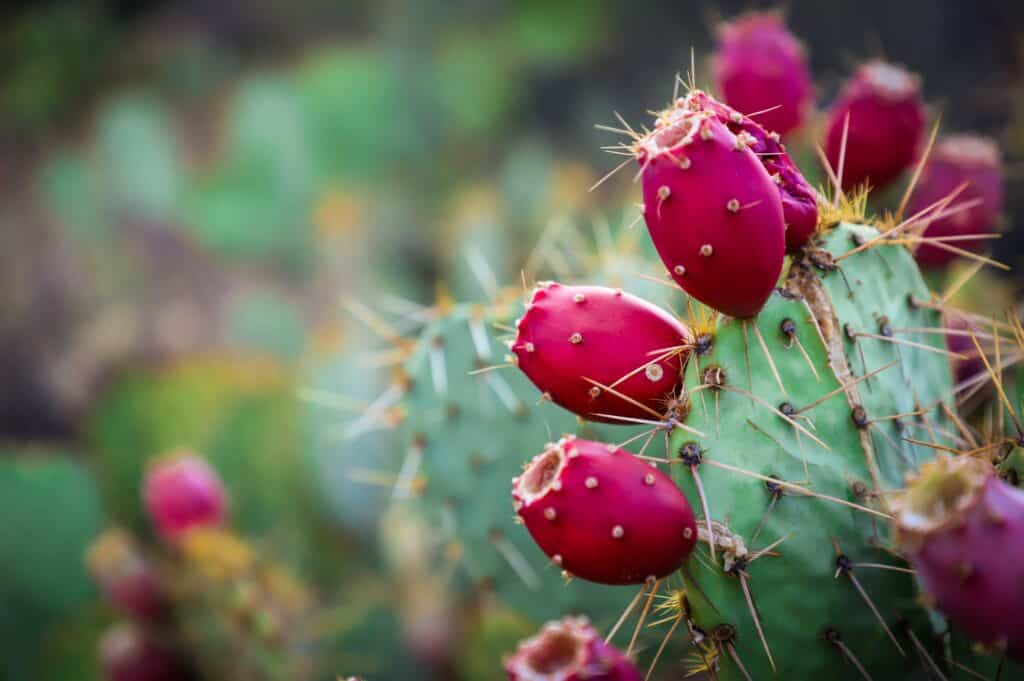
- Prickly Pear Cactus and Desert Marigold
Prickly pear cactus (Opuntia spp.) and desert marigold (Baileya multiradiata) are two desert plants that can be paired together to create a striking display in a desert garden. Prickly pear cactus is a well-known and beloved cactus, native to many regions of the Americas, with flat, paddle-shaped green pads covered in spines. Desert marigold is a flowering plant with bright yellow flowers that bloom in the spring and summer, and are native to the southwestern United States.
When paired together, the bright yellow flowers of the desert marigold provide a striking contrast to the green pads of the prickly pear cactus. The soft, rounded shape of the marigold flowers stands in stark contrast to the spiny, flat pads of the cactus. This pairing creates a visually interesting landscape with a burst of color, while also highlighting the unique shapes and textures of each plant.
Prickly pear cactus and desert marigold are both adapted to the harsh conditions of the desert, making them an excellent choice for a low-maintenance and water-efficient garden. Prickly pear cactus is a drought-tolerant plant that can go long periods without water, while desert marigold is also able to withstand hot, dry conditions.
When designing a garden with prickly pear cactus and desert marigold, it is important to consider their growth habits. Prickly pear cactus can grow up to 10 feet tall and 10 feet wide, so it is important to leave enough space for it to grow. Desert marigold, on the other hand, is a smaller plant that typically grows to be only a foot tall and wide. To create a cohesive garden, it is important to select plants of the appropriate size and plant them in a way that complements their growth habits.
Pairing prickly pear cactus with desert marigold is an excellent way to create a visually interesting and low-maintenance garden. The bright yellow flowers of the desert marigold provide a striking contrast to the green pads of the prickly pear cactus, creating a beautiful burst of color in a desert landscape. With the right selection and placement of these plants, homeowners can create a unique and beautiful desert garden that will thrive for years to come.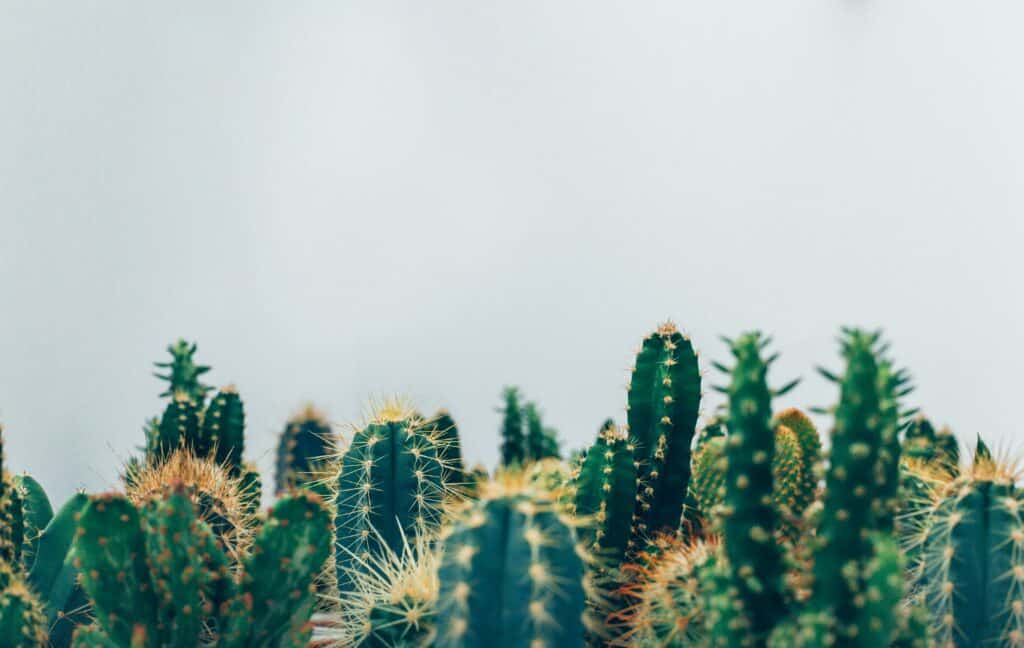
- Organ Pipe Cactus and Ocotillo
Organ pipe cactus (Stenocereus thurberi) and ocotillo (Fouquieria splendens) are two striking desert plants that can be paired together to create a unique and visually interesting landscape. Organ pipe cactus is a tall, slender cactus that can grow up to 20 feet in height, with multiple stems that resemble organ pipes. It is named for its unique shape, which is similar to the pipes of a church organ. Ocotillo, on the other hand, is a branching, spiky shrub that can grow up to 20 feet tall and is known for its bright red flowers that bloom in the spring.
When paired together, the tall, slender shape of the organ pipe cactus contrasts well with the spiky, branching shape of the ocotillo. The unique shape of the organ pipe cactus adds height and dimension to a garden, while the ocotillo adds texture and visual interest. The bright red flowers of the ocotillo also provide a beautiful burst of color in a desert landscape, which contrasts well with the muted greens and browns of the organ pipe cactus.
Organ pipe cactus and ocotillo are both adapted to the harsh conditions of the desert and can thrive in hot, dry conditions with minimal water. Organ pipe cactus is native to the Sonoran Desert in the southwestern United States and Mexico, while ocotillo is found in the Sonoran and Chihuahuan Deserts, as well as in parts of Texas.
When designing a garden with organ pipe cactus and ocotillo, it is important to consider their growth habits. Organ pipe cactus is a slow-growing plant that can take many years to reach its full height, so it is important to plant it in a location where it will have room to grow. Ocotillo is a fast-growing plant that can quickly reach its full height, so it is important to give it enough space to spread out.
Pairing organ pipe cactus with ocotillo is an excellent way to create a visually interesting and low-maintenance garden. The tall, slender shape of the organ pipe cactus contrasts well with the spiky, branching shape of the ocotillo, creating a unique and striking landscape. With the right selection and placement of these plants, homeowners can create a beautiful and sustainable desert garden that will thrive for years to come.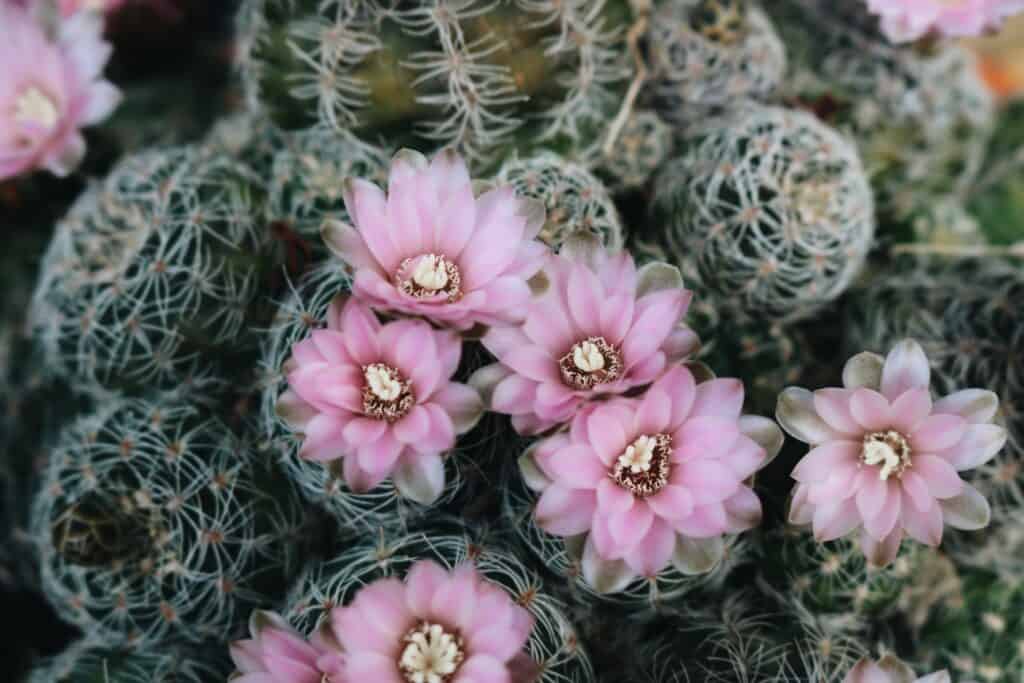
- Saguaro Cactus and Desert Ironwood
Saguaro cactus (Carnegiea gigantea) and desert ironwood (Olneya tesota) are two iconic desert plants that can be paired together to create a visually striking landscape. Saguaro cactus is the tallest cactus in the world, with mature specimens reaching up to 40 feet in height. It is known for its tall, columnar shape, and its distinctive arms, which can be used to create interesting shapes and patterns in the landscape. Desert ironwood, on the other hand, is a rounded, bushy tree that can reach up to 30 feet in height. It is known for its dark, gnarled bark and its delicate, fern-like leaves.
When paired together, the tall, columnar shape of the saguaro cactus complements the rounded, bushy shape of the desert ironwood. The saguaro cactus adds height and dimension to a garden, while the desert ironwood provides a soft, leafy contrast. The dark, gnarled bark of the desert ironwood also provides a beautiful contrast to the smooth, green skin of the saguaro cactus.
Saguaro cactus and desert ironwood are both native to the Sonoran Desert in the southwestern United States and Mexico. They are adapted to hot, dry conditions and can thrive with minimal water and maintenance. Saguaro cactus is slow-growing and can take many years to reach its full height, while desert ironwood is a moderate grower that can reach its full height in about 20 years.
When designing a garden with saguaro cactus and desert ironwood, it is important to consider their growth habits and space requirements. Saguaro cactus needs plenty of space to grow and should be planted in an area where it will not be shaded or crowded by other plants. Desert ironwood, on the other hand, can be planted in groups and can be used to create a shady canopy over other plants.
Pairing saguaro cactus with desert ironwood is an excellent way to create a unique and visually striking desert landscape. The tall, columnar shape of the saguaro cactus complements the rounded, bushy shape of the desert ironwood, creating a beautiful and sustainable garden that will thrive for years to come. With the right selection and placement of these plants, homeowners can create a low-maintenance oasis in the middle of the desert.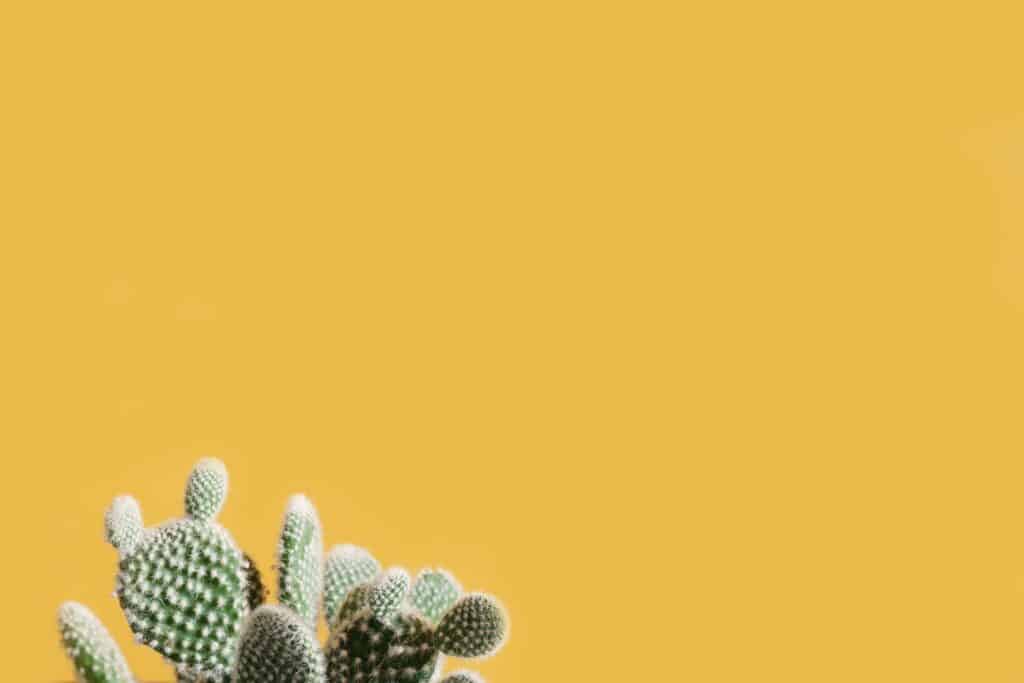
- Cholla Cactus and Desert Spoon
Cholla cactus (Cylindropuntia spp.) and desert spoon (Dasylirion wheeleri) are two iconic desert plants that can be paired together to create an interesting and unique landscape. Cholla cactus is known for its rounded, spiky shape and its clusters of spines, which can appear to glow in the sunlight. Desert spoon, on the other hand, is a broad-leafed succulent that is known for its long, flat leaves and its unique, spiky flower stalks.
When paired together, the rounded, spiky shape of the cholla cactus is complemented by the broad, flat leaves of the desert spoon. The spiky clusters of the cholla cactus provide an interesting textural contrast to the broad, flat leaves of the desert spoon. Additionally, the desert spoon’s unique flower stalks can provide an interesting vertical element to the landscape when paired with the round, spiky shape of the cholla cactus.
Cholla cactus and desert spoon are both native to the southwestern United States and Mexico and are adapted to hot, dry conditions. They are both low-maintenance plants that can thrive with minimal water and care, making them ideal choices for a desert garden.
When designing a garden with cholla cactus and desert spoon, it is important to consider their growth habits and space requirements. Cholla cactus needs plenty of space to grow and should be planted in an area where it will not be shaded or crowded by other plants. Desert spoon can be planted in groups and can be used to create a low, bushy border around other plants.
Pairing cholla cactus with desert spoon is an excellent way to create a unique and visually interesting desert landscape. The rounded, spiky shape of the cholla cactus is complemented by the broad, flat leaves of the desert spoon, creating a beautiful and sustainable garden that will thrive for years to come. With the right selection and placement of these plants, homeowners can create a low-maintenance oasis in the middle of the desert.
Tips for Maintaining a Desert Garden
While desert gardens with cacti are relatively low maintenance, there are a few things to keep in mind to ensure their longevity:
- Water sparingly – Cacti are adapted to survive in arid environments, so they don’t need a lot of water. Overwatering can lead to root rot and other problems.
- Provide adequate sunlight – Cacti need plenty of sunlight to thrive. Make sure to place them in an area where they will get at least six hours of direct sunlight each day.
- Protect from extreme temperatures – While cacti are adapted to survive in hot, dry conditions, they can still be damaged by extreme heat or cold. In the summer, make sure to provide shade or cover during the hottest part of the day. In the winter, protect them from frost or freezing temperatures.
Creating a desert garden with cacti is a great way to bring a unique and low-maintenance landscape to your home. With the right design and plant combinations, you can create a tranquil oasis that is both beautiful and sustainable.
What we love from Amazon this week
Buy these wonderful flowers directly from Amazon:



